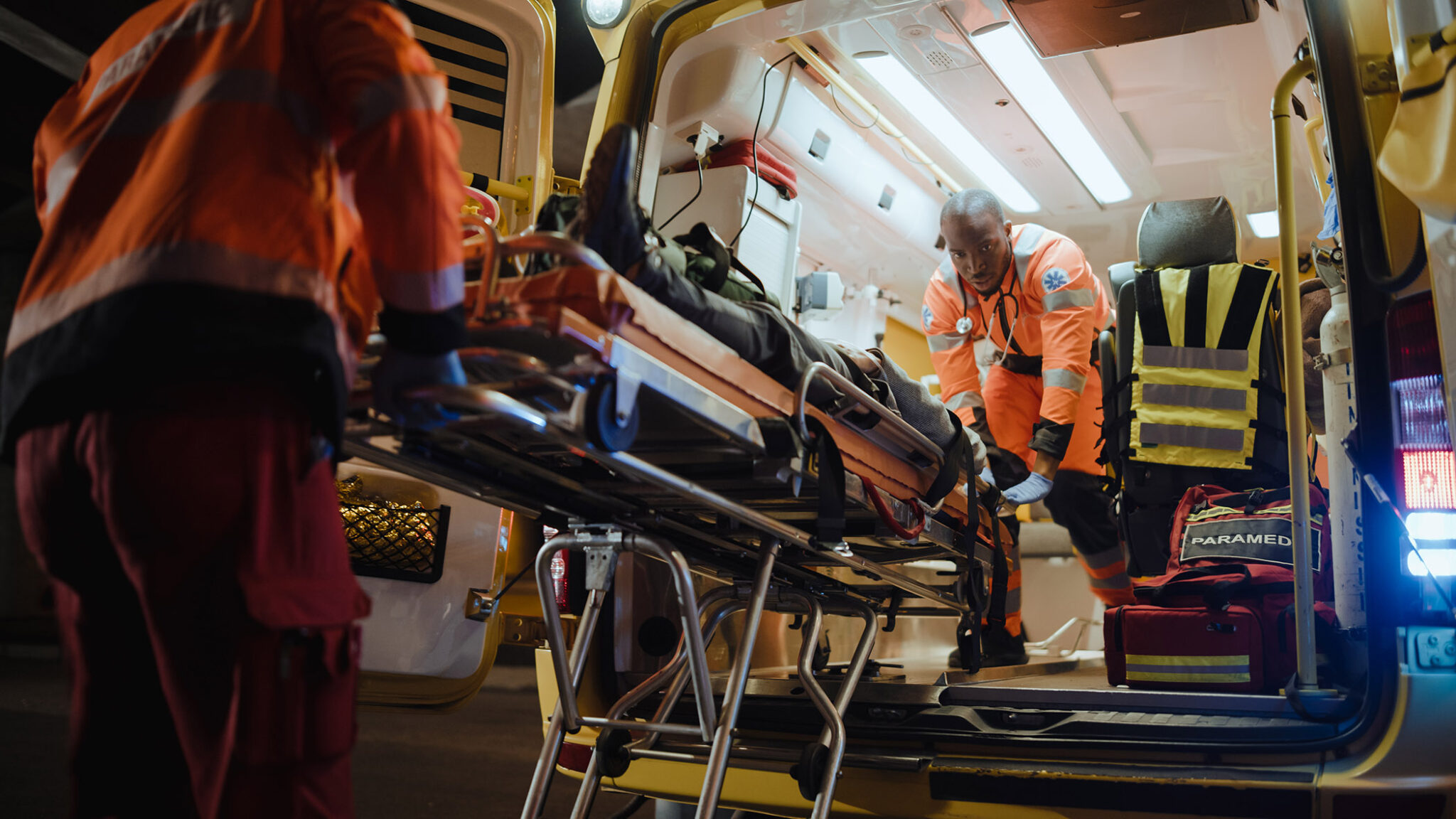Emergency medical services responders provide life-saving care every day, but new research that they may be vulnerable to deadly disease outbreaks.
A study, led by University of Georgia researchers, found that EMS workers may be vulnerable to High Consequence Infectious Diseases, which are life-threatening and capable of spreading throughout communities. This vulnerability could be reduced with standardized licensing practices, consistent medical direction, and proper implementation of personal protective equipment.
The study published in Frontiers in Public Health by Thomas Richey, a recent graduate at the Institute for Disaster Management at UGA’s College of Public Health, reviewed EMS licensing and educational requirements and the standard precautions for EMS responders.
“This publication reviews the vulnerabilities of emergency medical services to high consequence infectious disease with the hopes of starting a discussion on the future EMS preparedness and training. I hope to bring these areas of vulnerability to the forefront of conversation and begin to reimagine a better and safer way for EMS providers to interact with patients and community,” said Richey.
Gaps in EMS training and following protocol
EMS responders are often unaware that patients could be harboring an infectious disease, such as COVID-19. But Richey suggests that could be fixed with better training for EMS personnel.
The review found that EMS licensing and education are not standardized from state to state, but the study estimates that about 1.3% of the material covered in EMS training is related to infectious diseases.
And where there are standards for preventing disease spread, they aren’t always followed.
Responders are trained in proper hand hygiene, use PPE, and awareness of the potential for aerosols exhaled by patients.
However, past research has shown inconsistent practice of simple life-saving measures such as hand hygiene. That study found in a survey that only 13% of EMS responders regularly washed their hands before patient care and 54% washed hands after skin contact with a patient.
Addressing the risk
“The ultimate goal of this paper is to protect an essential, community-level resource. There are inherent vulnerabilities for EMS providers, their patients and their families that need to be addressed,” said Curt Harris, director of the Institute for Disaster Management.
While no one solution will effectively eliminate infectious disease vulnerability for EMS responders, a combination of approaches and a concerted effort by the EMS community can significantly improve EMS safety and reduce the risk related to HCIDs, Richey says.
These approaches include having standardized licensing practices across the country, consistent medical direction and proper training on how to use personal protective equipment.
“If we as a nation continue to ignore the dangers and risk these skilled providers face daily, the repercussions to the U.S. health care system could be devastating,” said Richey. “Now is the time for us as a nation to reimagine what Emergency Medical Services look like and how we can best protect and empower EMS professionals to practice to the full extent of their ability.”
The paper was published by the University of Georgia’s College of Public Health, Institute for Disaster Management’s recent graduate Thomas Richey in collaboration with Curt Harris, Patrick O’Neal, and colleagues Ray Fowler and Ray Swienton from the University of Texas Southwestern Medical Center’s Emergency Medicine Center at Dallas.
Read at UGA Today.
–
Posted on November 11, 2021.







